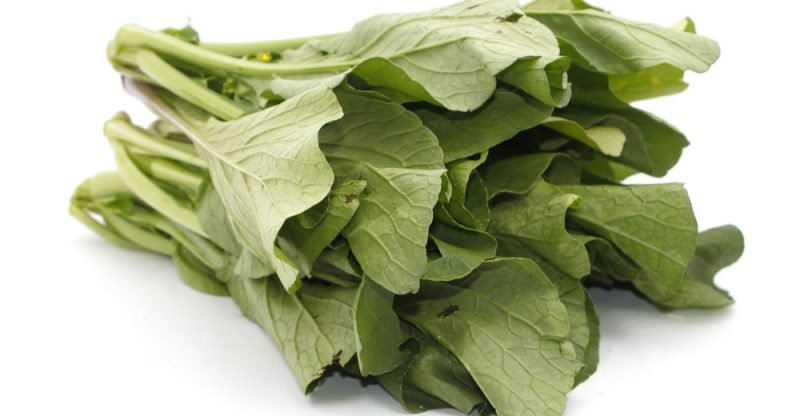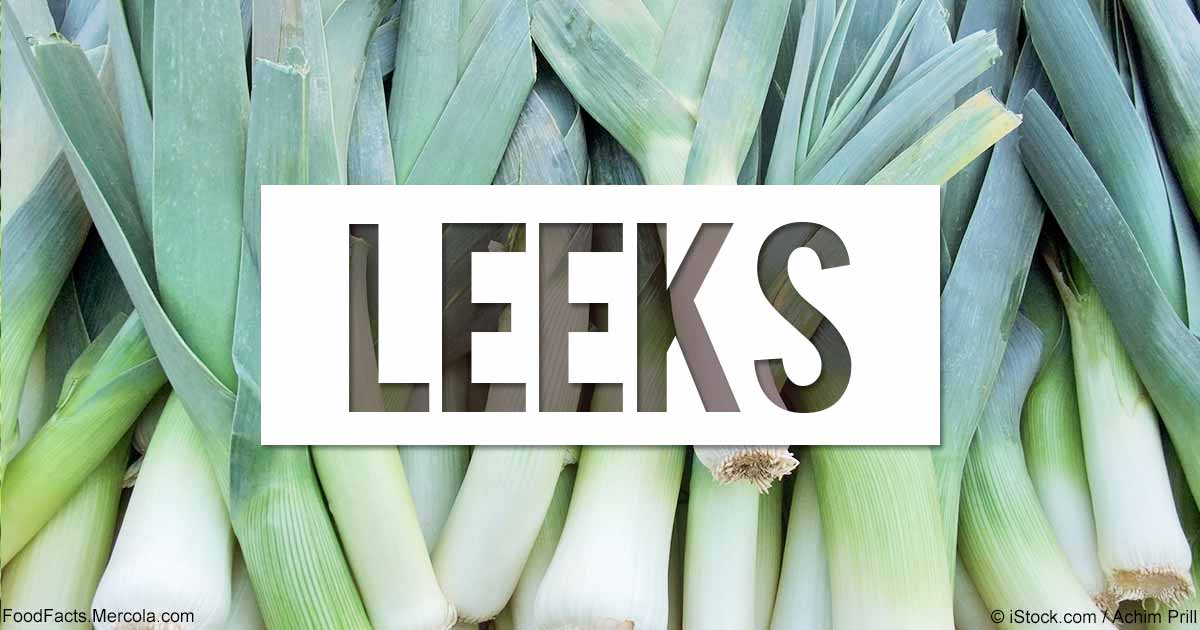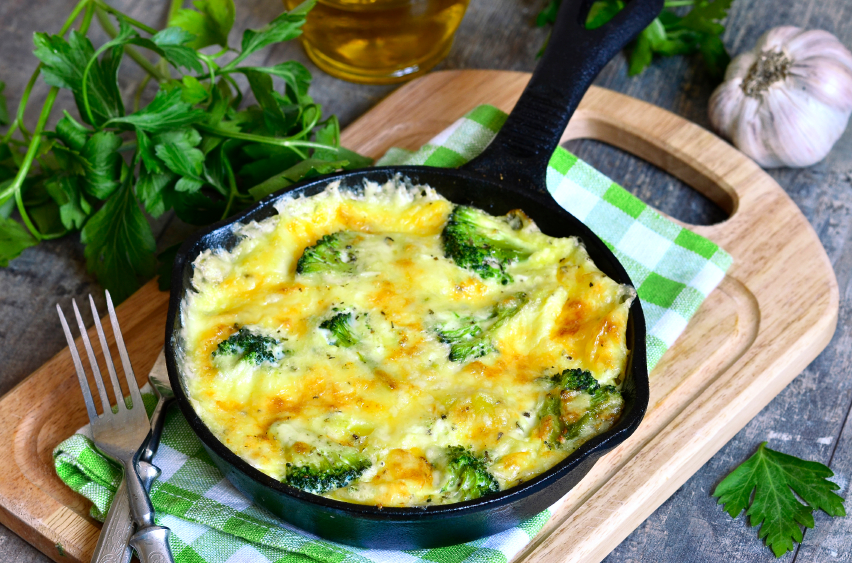Hearty greens such as mustard greens, collard greens, turnip greens, and kale actually benefit from what some consider over cooking. Cooking these veggies low and slow makes them become soft, drab green and ugly as well. The good thing is that they taste so good.
Cooking greens over a simmer slow they are super tender, the bitterness mellows, and they take on a rich flavor. Greens are normally cooked with a salted pork but can be prepared vegetarian style as well.
Mustard greens are not as common as kale, collard greens or spinach but they are just as nutritious. In fact mustard greens have more vitamin K, vitamin A, carotene's and flavonoid antioxidants than some of the other common veggies and fruits. Mustard greens have a rich, peppery flavor.
The entire mustard plant including leaves, seeds and stem are all edible. Mustard greens originated in the Himalayan region of India some 5,000 + years ago. The mustard plant is often cultivated for its green leaves and seeds and production of mustard oil. There are a variety of mustard greens. Size, shape and colors help distinguish the greens. The greens come in colors of red, purple, and green.
Mustard greens may help protect human bodies from diabetes, heart disease, and cancer. One cup of mustard grams contains only 21 calories but has 3 grams of protein, 1 mg of iron, 104 mg of calcium, and more.
Mustard greens are healthy for the body and can help:
- Mustard greens can help increase bile binding when cooked. In turn when the liver needs to regain bile acid it looks to cholesterol and the cholesterol levels are lowered. One of the best ways for bile binding to take effect is by steaming the greens. Bile binding can also help reduce the risk of cancer and heart disease.
- Mustard greens can help clean the liver. The high levels of chlorophyll in the greens helps pull environmental toxins from the bloodstream and neutralizes chemicals, pesticides and heavy metals in the body.
- Mustard greens can help promote bone health. There is 524% of recommended daily value of vitamin K found in one cooked cup of mustard greens. Vitamin K may help halt further bone loss in those with osteoporosis. Vitamin K also helps in blood clotting and bone mineralization.
- Mustard greens contain nearly 60% of required daily vitamin C that is needed by the body. Vitamin C and other antioxidants in mustard greens are valuable for the immune system. Proper function of t-cells, preventing and slowing cell damage of the body are also helped by the antioxidants and vitamin C found in mustard greens.
- Mustard greens contain retinol found in vitamin A as well. One cup of cooked mustard greens contains 177% of daily recommended value of vitamin A. Maintaining healthy vision and skin around the nose and mouth areas are jobs done by vitamin A. Vitamin C in mustard greens helps build collagen in the skin as well. Collagen helps produce firm and healthy skin and helps to prevent loss of elasticity as well.
PRECAUTION:::
mustard greens are very valuable and great source of nutritional value but there are a few things that must be shared:
- reheating mustard green leftovers, may convert nitrates to nitrites, resulting in bacteria formation. It is important to eat mustard greens immediately after cooking
- Blood thinner medication like warfarin must be taken caution as well. Mustard greens contain high vitamin K
- Those who suffer from Oxalate urinary tract stones should be advised to avoid mustard greens. The natural substance in mustard greens may result in crystallization of oxalate stone.
happiness is homemade
melt in mouth monday





























:max_bytes(150000):strip_icc():format(webp)/Rainbow-Color-Carrots-57f29b705f9b586c3583a4a5.jpg)

















